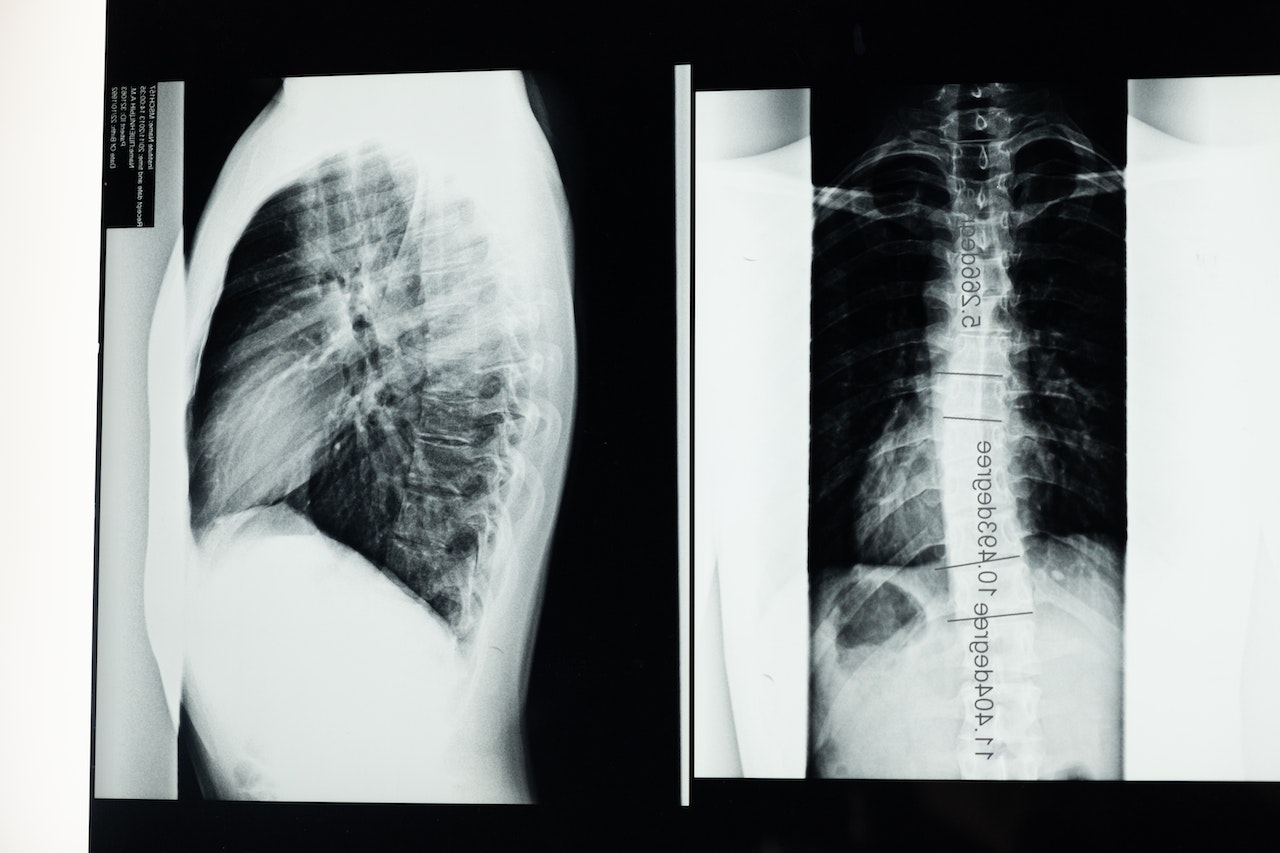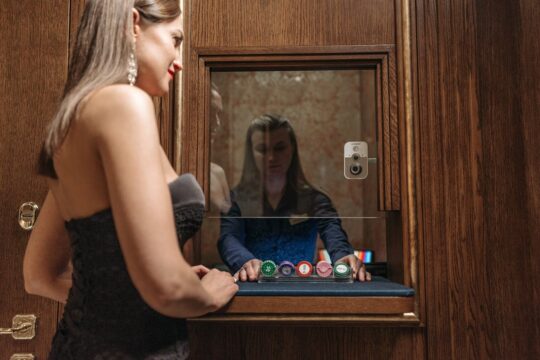Scoliosis is a condition where the spine twists or curves sideways and is most often diagnosed in adolescents. The cause of the most common type of scoliosis is unknown, but less common types of scoliosis Spring Valley may be caused by conditions like muscular dystrophy and cerebral palsy. Most cases of scoliosis are mild, but some sideways curvatures worsen as a child grows. A severe spinal curve can be disabling since it limits the amount of space within the chest, affecting the function of the lungs.
What are the signs of scoliosis?
Classic signs of scoliosis include a visibly curved spine, uneven shoulders, uneven waist, leaning to one side and one side of the rib cage jutting forward. Other signs include:
- One shoulder blade appears more prominent
- Clothes not fitting well
- One hip sticking out
- A prominence on one side of the back, especially when bending forward
Back pain may also be present; this is usually more common in adults with scoliosis.
Causes of scoliosis
For scoliosis, in around eight of every 10 cases, the cause is unknown; this is called idiopathic scoliosis. You cannot prevent this type of scoliosis, which isn’t linked to exercise, bad posture, or diet. Sometimes idiopathic scoliosis runs in families, meaning your genes may make you susceptible.
Less commonly, scoliosis may be caused by an underlying condition like cerebral palsy or muscular dystrophy; this type of scoliosis is called neuromuscular scoliosis. Scoliosis may also be present from birth (congenital scoliosis) when the bones in the spine don’t form properly in the womb. As you age, the wear and tear of the spine may cause degenerative scoliosis; this affects older adults.
When to see your doctor
See a general practitioner if you notice signs of scoliosis in you or your child. Mild curves can develop without your knowledge since they usually form slowly and are painless. Occasionally, friends, teachers, and sports teammates are among the first to notice a child with a sideways curve.
Treatment for scoliosis
There are different treatments for scoliosis; the one your doctor recommends depends on your age, the severity of the curve, and worthier the condition is likely to worsen. But many people with scoliosis won’t require treatment, and only a few will need surgery to correct the curve.
Babies and toddlers with scoliosis may not require treatment because the curve might improve with time. They may only need a plaster cast or plastic brace fitted to their back to stop the curve from worsening as they grow.
As for older children, they may need to wear a back until they stop growing so that the curve doesn’t worsen. Sometimes specialists recommend surgery to control spine growth until a child is fully developed so that they can get an operation to straighten their back.
Treatment for adults is meant to relieve pain; painkillers and spinal injections can help alleviate the discomfort. Although rare, some adults may require surgery.
It is unclear whether back exercises help improve scoliosis but generally, exercise is good for your health even if you have scoliosis unless advised otherwise by your doctor.
If you have any questions about scoliosis, consult your doctor at Greenlight Chiropractic & Wellness Lab.




